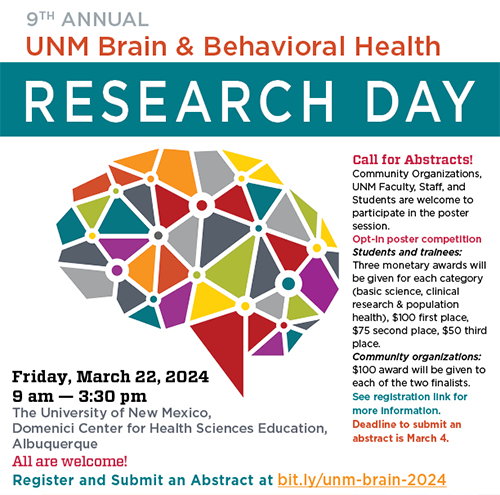Document Type
Poster
Publication Date
2021
Abstract
Introduction
Severe traumatic brain injury [sTBI, defined as Glasgow coma scale (GCS) < 8] is a catastrophic form of TBI associated with high rates of mortality and morbidity. Outcome prediction after sTBI is critical for clinical decision making and the realistic assessment of quality of care. In the present study, we compared conventional statistical techniques versus machine learning (ML)- based random forest model to identify predictors of hospital mortality and length of stay (LOS) in sTBI patients.
Methods
A retrospective chart review was conducted of all patients (including both adult and pediatric) with sTBI admitted between 2015-2018 (n = 168). Conventional univariate (Pearson’s correlation coefficient, r) and multiple linear regression analyses were performed to determine the predictors of mortality and hospital LOS. For random forest ML modeling, 14 variables for mortality and 12 variables for LOS were evaluated as potential splitters at each node. The variable importance (in predicting mortality or LOS) was measured based on the Gini impurity index (mean decrease Gini/IncNodePurity). The Receiving Operating Characteristic (ROC) curve was used to measure random forest model’s predictive performance.
Results
We found in-hospital mortality in sTBI patients to be 40.5%. The age at presentation, mFI-5 frailty score, injury severity score (ISS), GCS, LOS, ICU LOS, days on ventilator, intracranial pressure (ICP) monitoring, induced hypothermia, and diagnosis of pneumonia were identified as predictors of mortality after sTBI. The predictors of LOS included age at presentation, BMI, mechanism of injury, days on ventilator, ICP monitoring, induced hypothermia, and diagnosis of pneumonia. Both conventional statistical methods and ML-based random forest modeling found similar predictors of mortality and LOS after sTBI. ML-based random forest model was found to have high predictive performance for mortality after sTBI, achieving 90% accuracy.
Conclusion
Both conventional regression and ML-based analyses identify similar predictors of mortality and LOS after sTBI.
Recommended Citation
Kazim, Syed Faraz; Tolga Sursal; Meic H. Schmidt; Christian A. Bowers; and Chad D. Cole. "Predictors of in-hospital mortality and length of stay after severe traumatic brain injury: conventional regression versus machine learning-based analyses." (2021). https://digitalrepository.unm.edu/hsc-bbhrd/16


Comments
Poster presented at the Brain & Behavioral Health Research Day 2021